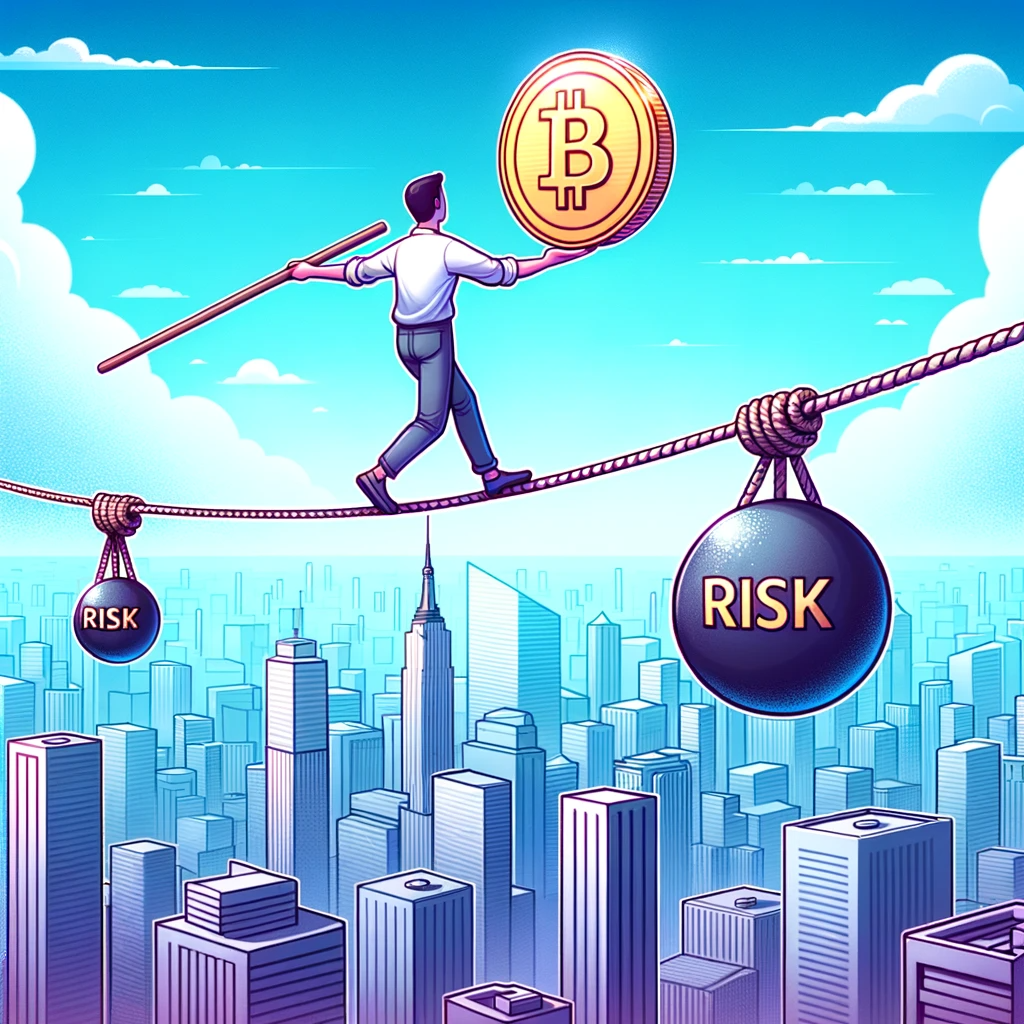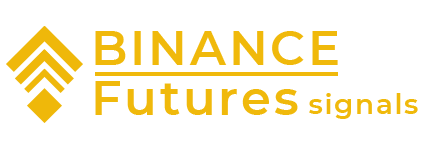I. Introduction: Understanding Stablecoin Investments and the Risks Involved
II. Evaluating Counterparty Risks in Stablecoin Investments
III. Examining Market Risks Associated with Stablecoin Investments
IV. Mitigating Risks through Diversification and Due Diligence

Understanding Stablecoin Investments and the Risks Involved
Welcome to the world of stablecoin investments! If you’re considering venturing into this exciting realm, it’s crucial to have a solid understanding of the risks involved. So, grab your favorite beverage and let’s dive right in!
Stablecoins, as the name suggests, are a type of cryptocurrency designed to maintain a stable value by pegging it to an external asset like fiat currency or commodities. This stability makes them an attractive option for investors looking to hedge against the volatility often associated with traditional cryptocurrencies like Bitcoin or Ethereum.
However, like any investment, stablecoins come with their own set of risks. It’s important to evaluate these risks carefully before jumping in with both feet.
First and foremost, let’s talk about counterparty risks. When investing in stablecoins, you’re essentially placing your trust in the entity that issues and manages the stablecoin. This means that if the issuer faces financial difficulties or fails to maintain the peg, the value of your investment could be at risk. It’s crucial to thoroughly research the reputation and credibility of the stablecoin issuer before making any investment decisions.
To evaluate counterparty risks effectively, keep an eye out for stablecoins that are backed by reputable institutions or have undergone rigorous audits. Look for transparency in their operations and ensure that they have mechanisms in place to handle potential risks. Remember, trust is earned, not given!
Now, let’s move on to market risks. While stablecoins aim to maintain a stable value, they are not immune to market fluctuations. External factors such as changes in supply and demand, regulatory actions, or economic crises can impact the value of stablecoins. It’s essential to stay informed about market trends and developments to make informed investment decisions.
To mitigate market risks, diversification is key. Consider spreading your investments across different stablecoins with varying pegs and issuers. This way, if one stablecoin faces challenges, your entire investment portfolio won’t be at risk. Diversification helps to cushion the impact of any potential market volatility.
Due diligence is another crucial aspect of mitigating risks in stablecoin investments. Before investing, thoroughly research the stablecoin’s whitepaper, team, and underlying technology. Look for any red flags or potential vulnerabilities that could compromise the stability of the stablecoin. Remember, knowledge is power, and it’s better to be safe than sorry!
Now that you have a better understanding of the risks involved in stablecoin investments, it’s time to put your newfound knowledge to use. Remember, always do your due diligence, diversify your investments, and stay informed about market trends. With the right approach, stablecoin investments can be a valuable addition to your investment portfolio.
Evaluating Counterparty Risks in Stablecoin Investments
So, you’ve decided to dip your toes into the world of stablecoin investments. Smart move! But before you jump in headfirst, it’s crucial to understand and evaluate the counterparty risks associated with these investments. After all, you don’t want to be caught off guard and end up with a sinking ship instead of a stable investment.
Now, let’s break it down and get to the nitty-gritty of counterparty risks:
- Understanding Counterparty Risks: When it comes to stablecoin investments, counterparty risk refers to the possibility that the entity or organization backing the stablecoin may default on its obligations. In simpler terms, it’s the risk that the stablecoin issuer might not be able to maintain the stability of the coin’s value.
- Researching the Stablecoin Issuer: Before investing in a stablecoin, it’s essential to do your homework on the issuer. Who are they? What’s their track record? Are they regulated? These are all questions you need to find answers to. Look for transparency, regulatory compliance, and a solid reputation. Remember, you’re putting your hard-earned money on the line, so you want to make sure you’re dealing with a trustworthy counterparty.
- Examining Audits and Reserves: A reputable stablecoin issuer will often undergo regular audits by independent third-party firms. These audits help ensure that the issuer has sufficient reserves to back the stablecoin’s value. Look for stablecoins that provide transparent and frequent audits, as this adds an extra layer of security and trustworthiness.
- Assessing Collateralization: Collateralization is another crucial factor to consider when evaluating counterparty risks. It refers to the assets held by the stablecoin issuer to back the stablecoin’s value. The higher the collateralization ratio, the lower the risk. Make sure the issuer provides clear information about their collateralization practices and the assets held as collateral.
- Monitoring Regulatory Compliance: Stablecoins operate within a complex regulatory landscape. It’s vital to ensure that the stablecoin issuer is compliant with relevant laws and regulations. This compliance helps mitigate risks and ensures that the stablecoin operates within a legally sound framework. Keep an eye out for stablecoins that have robust compliance measures in place.
Evaluating Market Risks Associated with Stablecoin Investments
So, you’ve decided to dip your toes into the world of stablecoin investments. Smart move! Stablecoins, as their name suggests, are cryptocurrencies designed to maintain a stable value, often pegged to a fiat currency like the US dollar. They offer a more secure and predictable investment option in the volatile crypto market. However, like any investment, there are risks involved. Let’s take a closer look at the market risks associated with stablecoin investments and how you can navigate them.
- Price Fluctuations: While stablecoins aim to maintain a stable value, they are not immune to price fluctuations. Market forces can still impact their value, albeit to a lesser extent than other cryptocurrencies. It’s essential to keep an eye on the market and understand the factors that could influence the stability of your chosen stablecoin.
- Regulatory Changes: The cryptocurrency landscape is still evolving, and regulatory changes can have a significant impact on stablecoins. Government regulations, central bank policies, or even international developments can affect the value and viability of stablecoins. Stay informed about the regulatory environment and any potential changes that could impact your investment.
- Competition: Stablecoins are not the only game in town. There are numerous stablecoin projects out there, each with its own unique features and value propositions. Competition among stablecoins can lead to shifts in market share and potential price volatility. When considering a stablecoin investment, evaluate its competitive landscape and assess its long-term viability.
- Liquidity: Liquidity refers to the ease with which an asset can be bought or sold without causing a significant price change. Stablecoins with low liquidity may pose challenges when it comes to entering or exiting positions. Before investing, check the trading volume and liquidity of the stablecoin on various exchanges. Higher liquidity generally provides a smoother trading experience.
- Smart Contract Risks: Stablecoins often rely on smart contracts, which are self-executing contracts with the terms of the agreement directly written into code. While smart contracts enhance transparency and efficiency, they are not immune to bugs or vulnerabilities. Before investing in a stablecoin, conduct due diligence on the smart contract technology it utilizes to ensure its security and reliability.
Now that we’ve identified the market risks associated with stablecoin investments, how can you mitigate them? Here are a few tips:
- Diversify Your Portfolio: Don’t put all your eggs in one basket. Spread your investments across different stablecoins to minimize the impact of any single stablecoin’s market fluctuations or risks. Diversification can help protect your overall investment portfolio.
- Do Your Due Diligence: Research is key. Before investing in a stablecoin, thoroughly investigate the project, its team, its technology, and its track record. Look for transparency, audited financials, and a strong community. A well-informed investor is better equipped to make sound investment decisions.
- Stay Informed: Keep up with the latest news and developments in the cryptocurrency space. Stay informed about regulatory changes, market trends, and any updates related to the stablecoins you’re invested in. Being proactive and staying ahead of the curve can help you navigate market risks more effectively.
Remember, investing in stablecoins or any other asset carries inherent risks. While stablecoins offer a more stable investment option in the crypto world, it’s essential to approach them with caution and a well-rounded understanding of the potential risks involved. By evaluating market risks, diversifying your portfolio, and staying informed, you can increase your chances of making informed investment decisions.
IV. Mitigating Risks through Diversification and Due Diligence
Now that we’ve explored the risks associated with stablecoin investments, it’s time to discuss how you can mitigate those risks and make informed investment decisions. Two key strategies to consider are diversification and due diligence.
Diversification: Don’t Put All Your Eggs in One Basket
When it comes to stablecoin investments, diversification is your best friend. Just like with any investment portfolio, spreading your funds across different stablecoins can help reduce the impact of any single stablecoin’s failure or underperformance.
But how do you diversify your stablecoin investments? Well, you can start by investing in stablecoins that are backed by different types of assets. For example, you could allocate a portion of your funds to stablecoins backed by fiat currencies, another portion to stablecoins backed by commodities, and yet another portion to stablecoins backed by cryptocurrencies.
Furthermore, consider investing in stablecoins that are issued by different reputable companies or organizations. This way, if one stablecoin issuer encounters difficulties, your other investments may remain unaffected.
Remember, diversification is not a guarantee against losses, but it can help mitigate risks and increase the likelihood of a successful investment.
Due Diligence: Investigate Before You Invest
When it comes to stablecoin investments, thorough due diligence is crucial. Before investing your hard-earned money, take the time to research and evaluate the stablecoin issuer’s credibility, transparency, and track record.
Start by examining the stablecoin issuer’s website and documentation. Look for clear and detailed information about the stablecoin’s underlying assets, the issuer’s financial health, and the mechanisms in place to maintain the stablecoin’s peg to its underlying asset.
Additionally, consider the stablecoin issuer’s reputation within the crypto community. Are they known for their transparency and responsiveness? Have they faced any controversies or legal issues in the past? Gathering this information can help you make an informed decision.
Furthermore, it’s essential to stay updated on the latest news and developments in the stablecoin market. Follow reputable sources and stay informed about any regulatory changes or potential risks that may impact stablecoin investments.
By conducting thorough due diligence, you can minimize the chances of falling victim to scams or investing in unstable stablecoins.
Remember, stablecoin investments can be a valuable addition to your investment portfolio, but they come with their fair share of risks. Diversification and due diligence are powerful tools that can help you navigate the stablecoin market with confidence.
So, whether you’re a seasoned investor or just starting out, make sure to diversify your stablecoin investments and conduct thorough due diligence. Happy investing!

